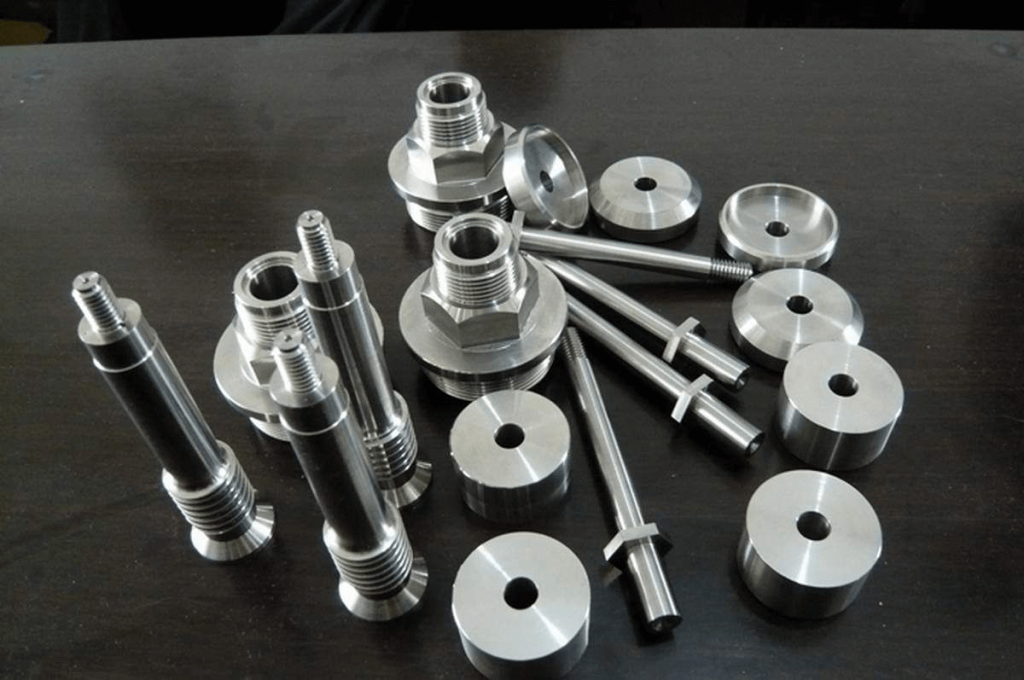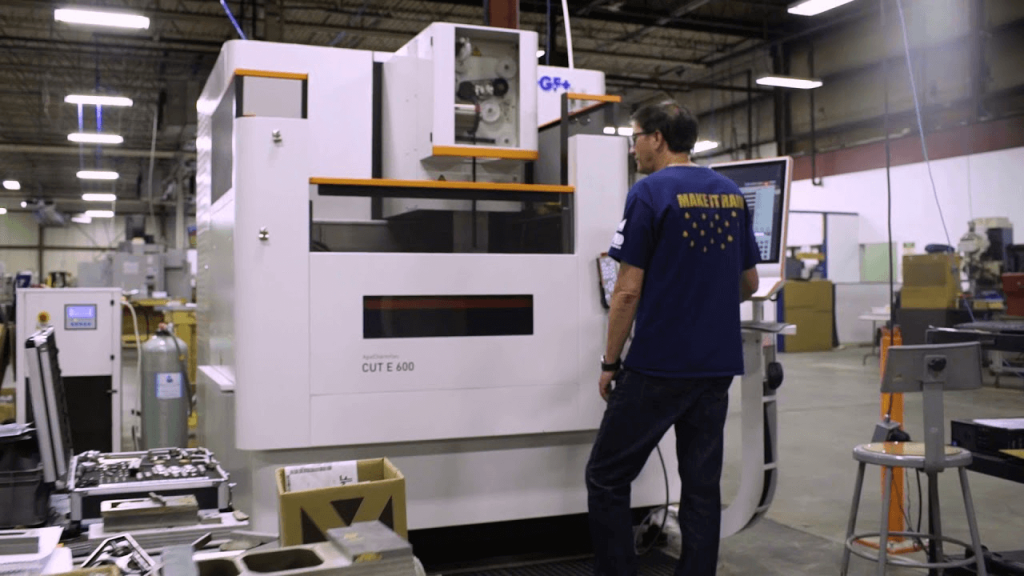Protótipo rápido de peças CNC: os prós e contras do uso da usinagem CNC
Protótipo rápido de peças CNC: prós e contras do uso de usinagem CNC
As vantagens de usar a usinagem CNC
A prototipagem rápida agora lidera a indústria de manufatura. Existem várias técnicas para criar protótipos de alta qualidade, precisos e funcionais. A técnica de prototipagem rápida de peças CNC é uma delas. As técnicas que utilizam a usinagem CNC para criar protótipos muito próximos dos produtos reais.
A seguir falaremos sobre as vantagens e desvantagens da prototipagem via usinagem CNC. Então, sem mais demora, vamos começar!
Méritos e deméritos
Para começar, vamos nos concentrar nas vantagens da prototipagem usando a usinagem CNC.

Vantagens do Protótipo Rápido CNC
Arquivo para protótipo
Com a usinagem CNC, é possível transferir facilmente suas ideias do arquivo diretamente para protótipos 3D . Afinal, a usinagem CNC é uma técnica digital responsável por criar peças a partir de informações de arquivos de computador. Portanto, os engenheiros têm certeza de que o protótipo de usinagem seria próximo ao design 3D digital.
It is possible to use the same design with the same dimensions to create the final parts. With CNC machining, the degree of repeatability is impressive and high. In addition, when using digital designs, it is extremely easy to make alterations.
Incase there is a problem with the machined prototype. For example, it exhibits a certain physical deformity. The engineers would head back to the CAD software and make all the required changes to eliminate the errors in the next prototype.
It is possible to create multiple versions side by side. Furthermore, the simulation software would help identify how a certain part would work in the real world.
Consistency and Quality
We understand that there is no perfection in the real world, even the computers are not perfect. However, the machinery controlled by the computers tend to function exactly as they are directed to do so, unless there is some error or it breaks down.
There are several prototypes processes that rely on human skill, in that case, there is always a chance of error. CNC machining, on the other hand, is a fully automated process. It would follow the guidelines to perfection.
What more is that the technique ensures high-equality repeatability accuracy. It means that it can yield the same result over and over without any difference. Since the machine can run the same job the second time with minimal changes, therefore, it is an excellent choice for the prototype’s new iterations.
After all, with automated machinery, manufacturers are able to guarantee consistency. Something that is imperative not only for CNC parts Rapid Prototype manufacturing, but also for mass production.
Range of Strong Materials
In case the prototype does not have any mechanical purpose, it is wise to use a 3D printing technique for its creation. After all, 3D printing is an effective technique to create prototypes. It offers high-strength part and it affordable.
Using 3D printing, you can create prototypes overnight. However, when it comes to material options, the 3D printing techniques of limited material options especially in comparison to the machining techniques.
Com a usinagem CNC, você obtém acesso a uma variedade de materiais compatíveis. Esses materiais oferecem robustez, qualidade e durabilidade. A gama de materiais também inclui vários metais. A tabela abaixo mostra alguns dos materiais de usinagem CCN.
| Metais | Plásticos |
| Alumínio | SEÇÃO |
| Aço inoxidável | PP |
| Aço | PC |
| Magnésio | PS |
| Zinco | PMMA |
| Titânio | POM |
| Bronze | PCGF30 |
| Latão | PAGF30 |
| Cobre | Teflon |
| HDPE | |
| LDPE |
O protótipo rápido das peças é semelhante à peça final
Uma das grandes vantagens de usar uma usinagem CNC para a é que ela gera protótipos extremamente semelhantes às peças finais. Afinal, essas máquinas são capazes de criar produtos de usuários finais juntamente com protótipos, portanto, os protótipos serão próximos ao produto real.
This is something that other prototyping techniques are unable to achieve thus far. One reason behind this is the diversity in terms of materials. As some materials are extremely machinable, thus they allow the engineers to create prototypes using similar to the same material that is required for the final part.
Moreover, the machined parts are robust and they don’t exhibit any sort of weakness. Creating prototypes that are close to the actual product in terms of looks and functionality reduces the time to market. Mainly because you will not have to make any changes in the final product as the prototype is really close to it.
Disadvantages
Despite all the advantages it offers, the CNC machining technique has some limitations.
Expensive
Quando você compara a técnica de usinagem CNC com a técnica de impressão 3D, é caro. Afinal, os centros de usinagem exigem grandes peças de máquinas e essas máquinas requerem uma grande quantidade de energia e potência para funcionar.
Esta é talvez a principal razão pela qual os engenheiros às vezes preferem usar a impressão 3D para prototipagem. Mesmo assim, eles estariam usando máquinas para produção em massa.
Restrições Geométricas
Mesmo que os centros de usinagem de 4 e 5 eixos ofereçam muita flexibilidade geométrica. No entanto, isso não é suficiente, especialmente quando o protótipo requer estruturas elaboradas com geometrias internas extremamente complexas.
Neste caso, sugerimos que opte pelo processo de fabricação aditiva. Este processo vem com restrições limitadas e ajudaria a obter os respectivos resultados.

Resíduos de materiais
Este é talvez o maior problema com a fabricação de prototipagem rápida de peças CNC. Por se tratar de um processo subtrativo, é necessária uma maior quantidade de material. No entanto, nem toda a quantidade de material é utilizada.
Parte do material é desperdiçado e acaba como lascas de plástico ou metal. Os fabricantes então, precisam descartar esses chips. No entanto, este não é o caso do processo de prototipagem aditiva. Eles não têm nenhum desperdício de material até que haja uma falha de impressão e o processo precise ser repetido.
Portanto, quando você usa o processo de prototipagem de usinagem, isso incorreria em um custo de material mais alto. Principalmente porque a quantidade de material utilizado é alta junto com o seu desperdício. Porém, para reduzir o desperdício de material, os fabricantes não buscam formas de reciclar os cavacos de maneira eficaz.
A venda dos materiais recicláveis também ajuda na recuperação do custo do material.



